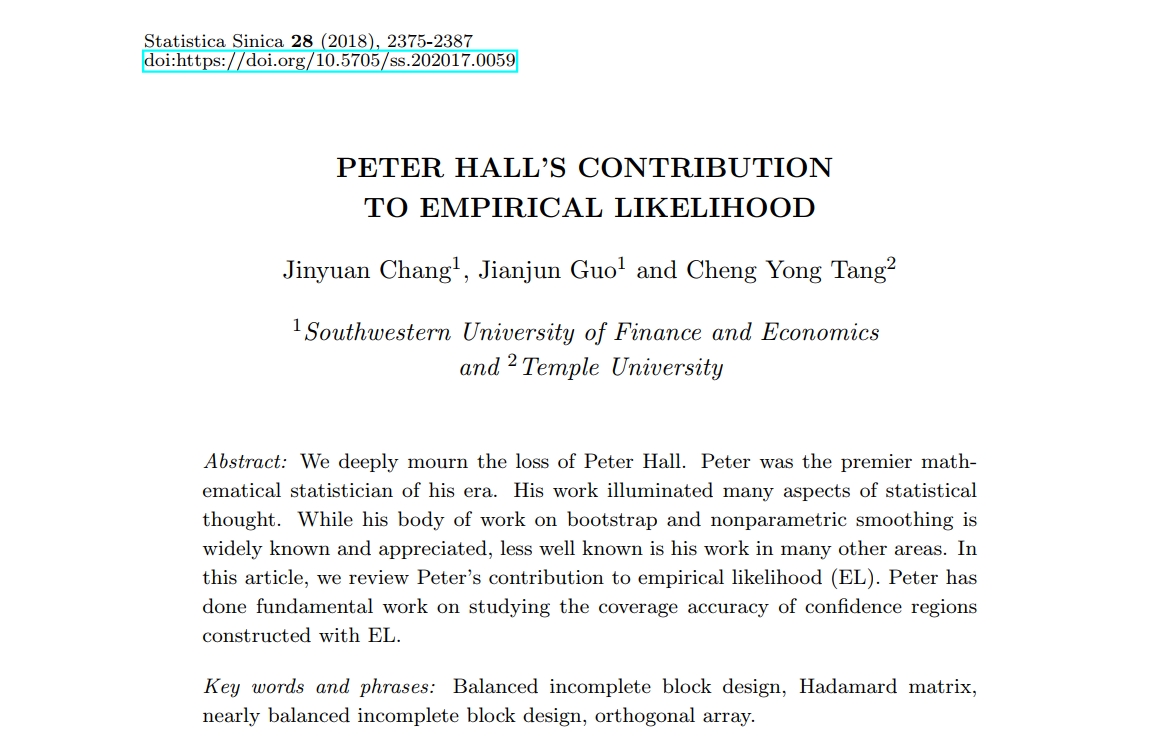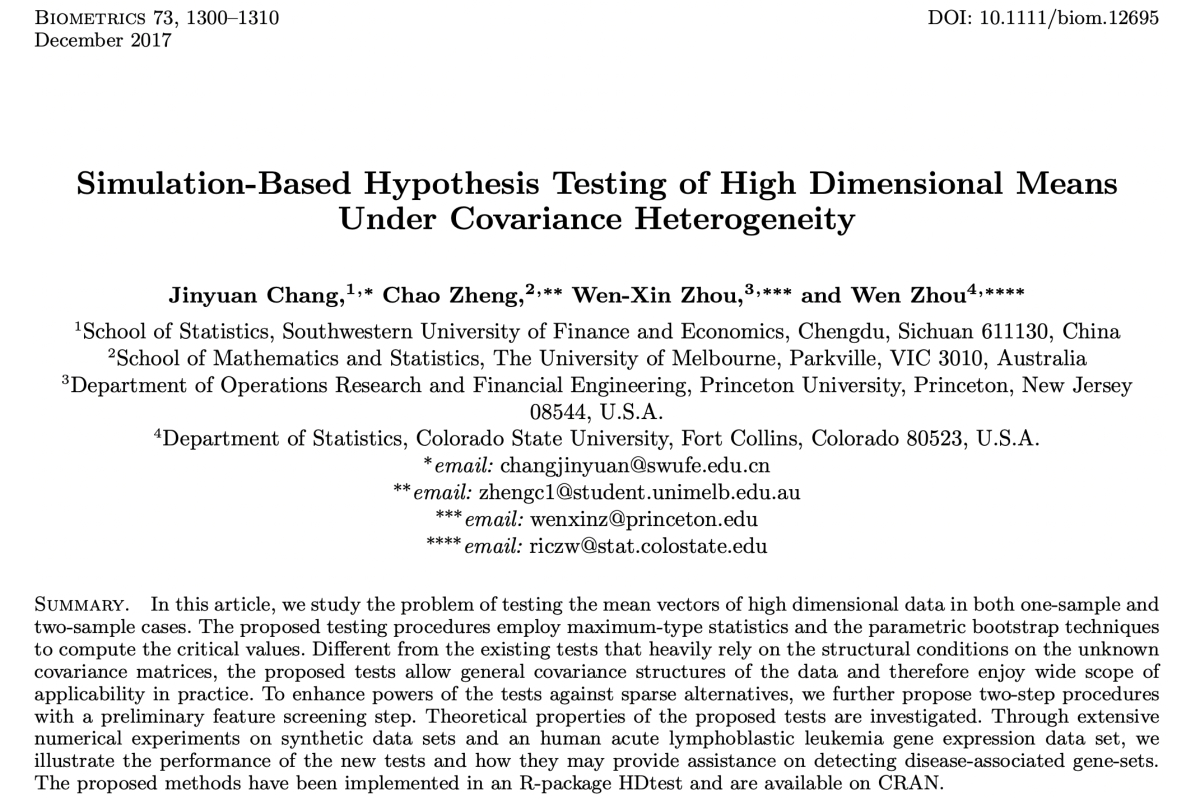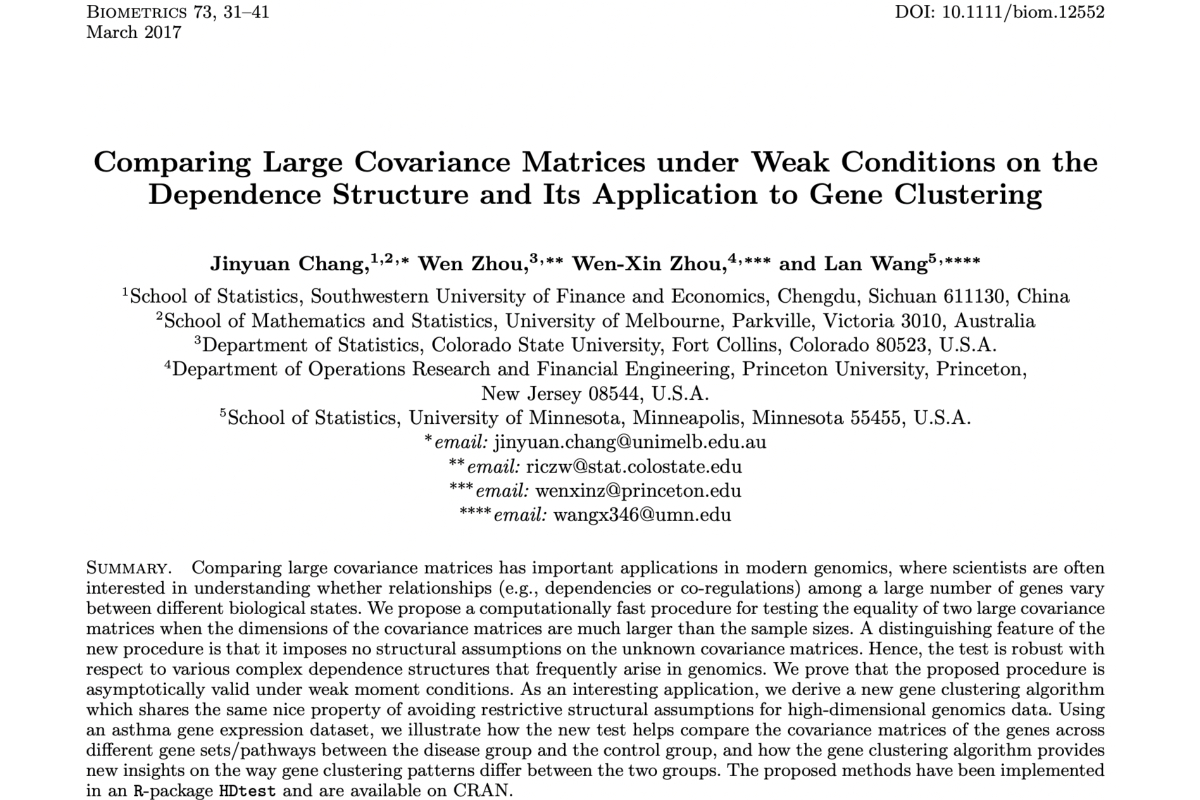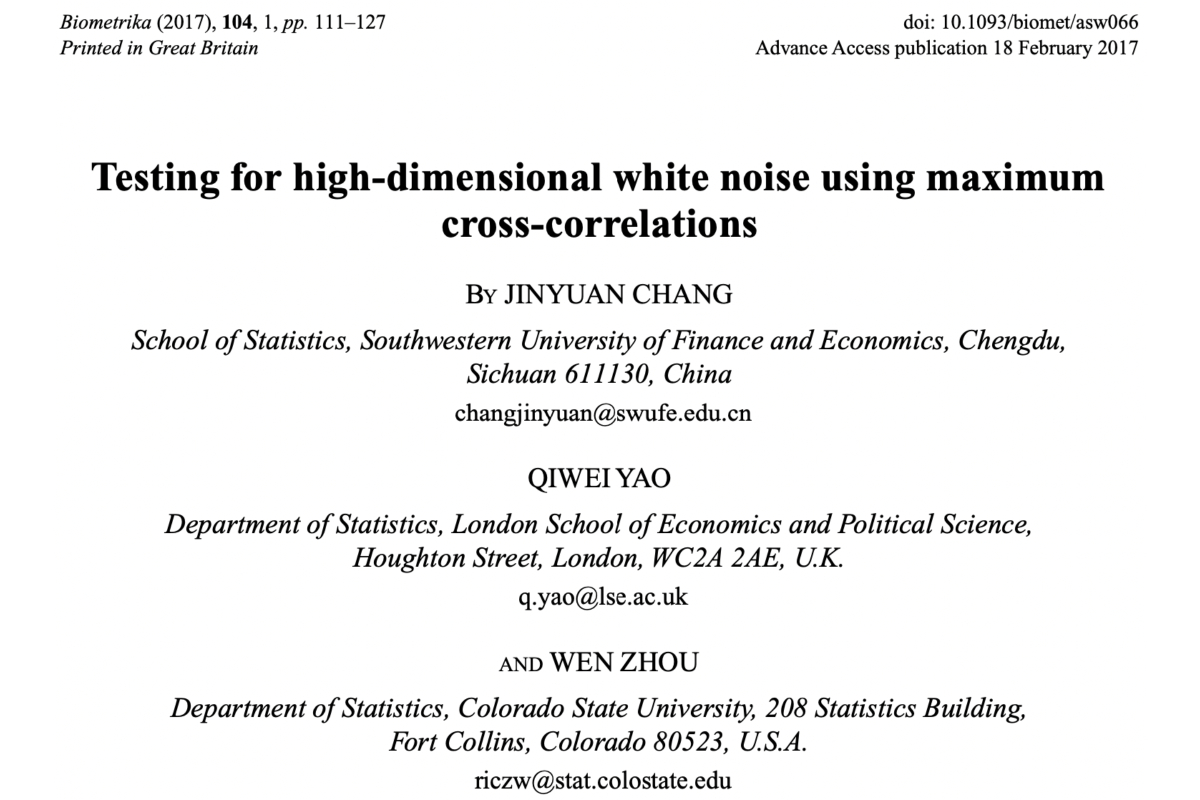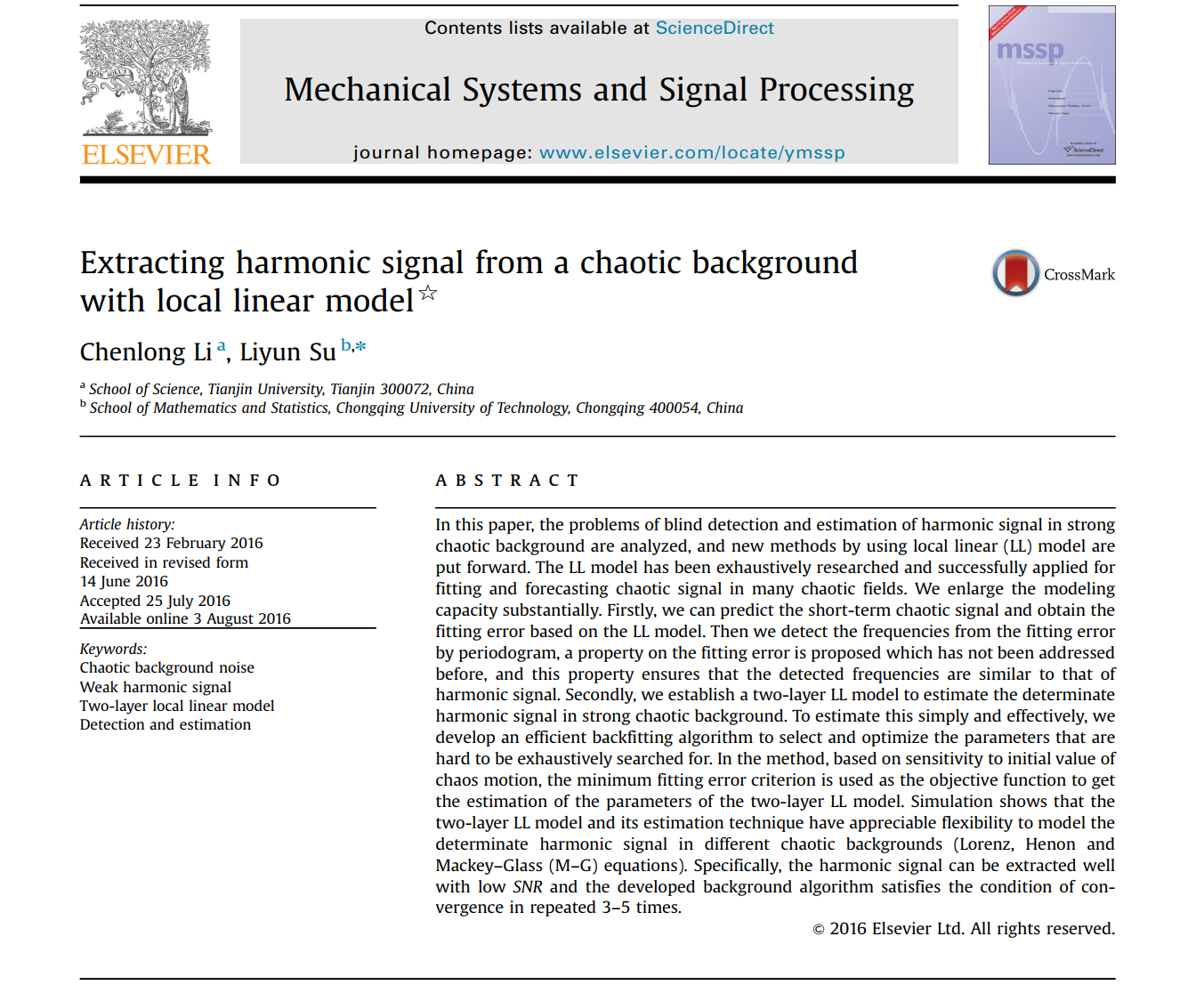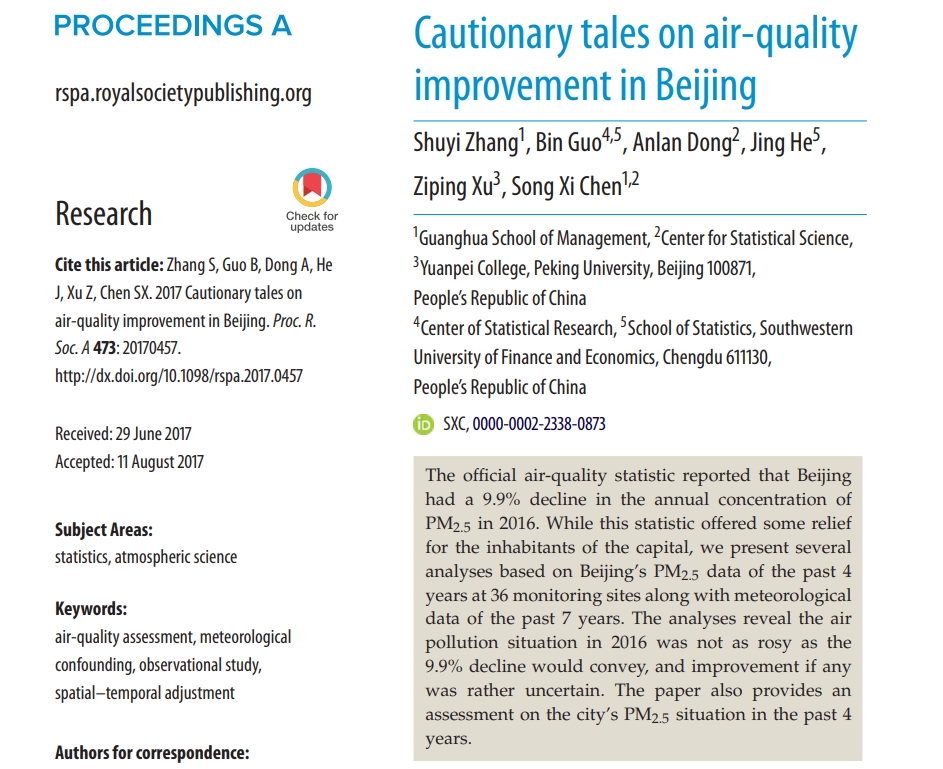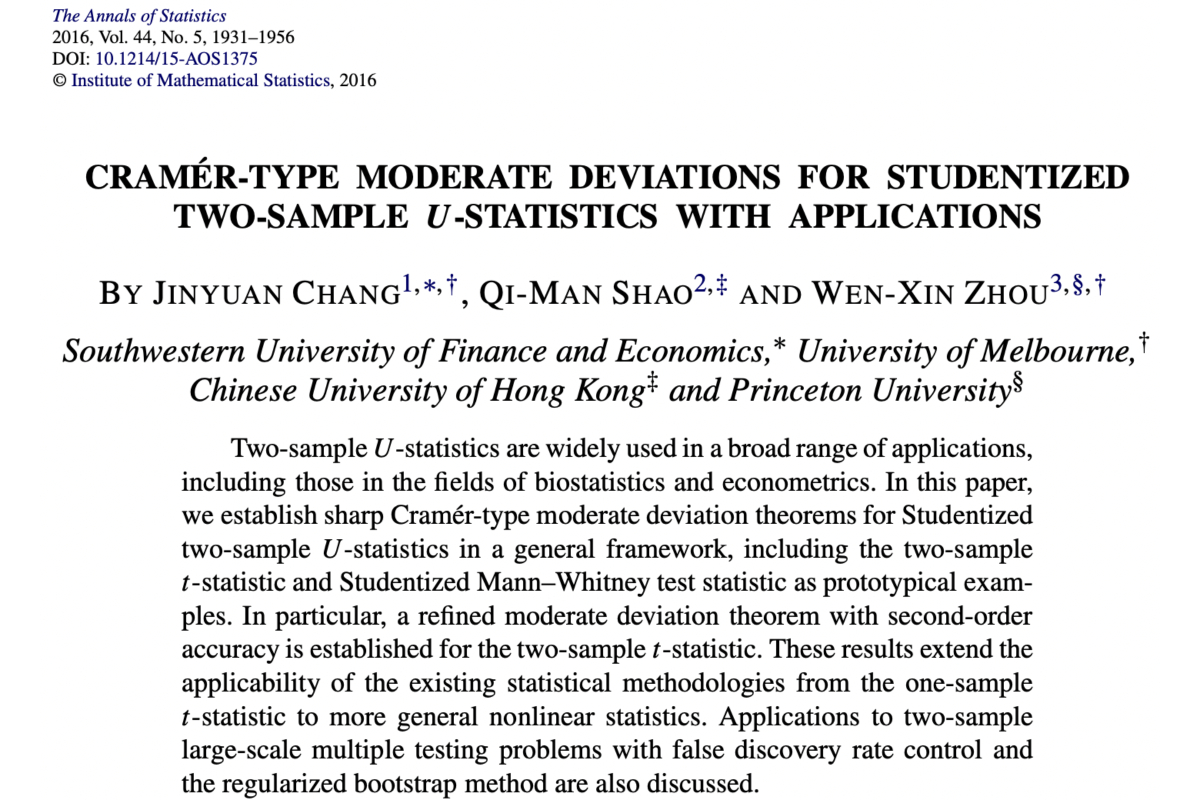In this paper, the problems of blind detection and estimation of harmonic signal in strong chaotic background are analyzed, and new methods by using local linear (LL) model are put forward. The LL model has been exhaustively researched and successfully applied for fitting and forecasting chaotic signal in many chaotic fields. We enlarge the modeling capacity substantially. Firstly, we can predict the short-term chaotic signal and obtain the fitting error based on the LL model. Then we detect the frequencies from the fitting error by periodogram, a property on the fitting error is proposed which has not been addressed before, and this property ensures that the detected frequencies are similar to that of harmonic signal. Secondly, we establish a two-layer LL model to estimate the determinate harmonic signal in strong chaotic background. To estimate this simply and effectively, we develop an efficient backfitting algorithm to select and optimize the parameters that are hard to be exhaustively searched for. In the method, based on sensitivity to initial value of chaos motion, the minimum fitting error criterion is used as the objective function to get the estimation of the parameters of the two-layer LL model. Simulation shows that the two-layer LL model and its estimation technique have appreciable flexibility to model the determinate harmonic signal in different chaotic backgrounds (Lorenz, Henon and Mackey–Glass (M–G) equations). Specifically, the harmonic signal can be extracted well with low SNR and the developed background algorithm satisfies the condition of convergence in repeated 3–5 times.
